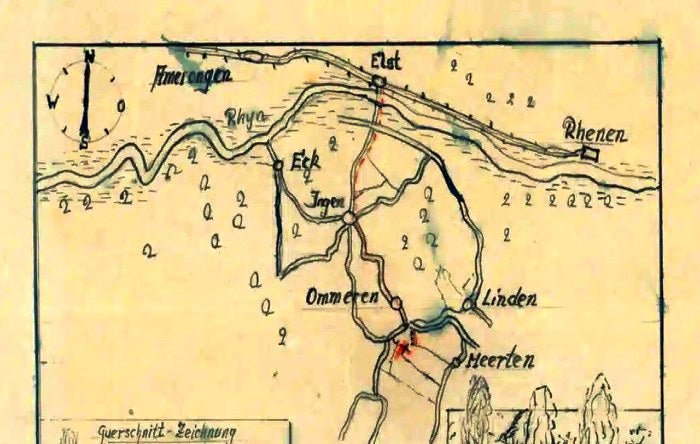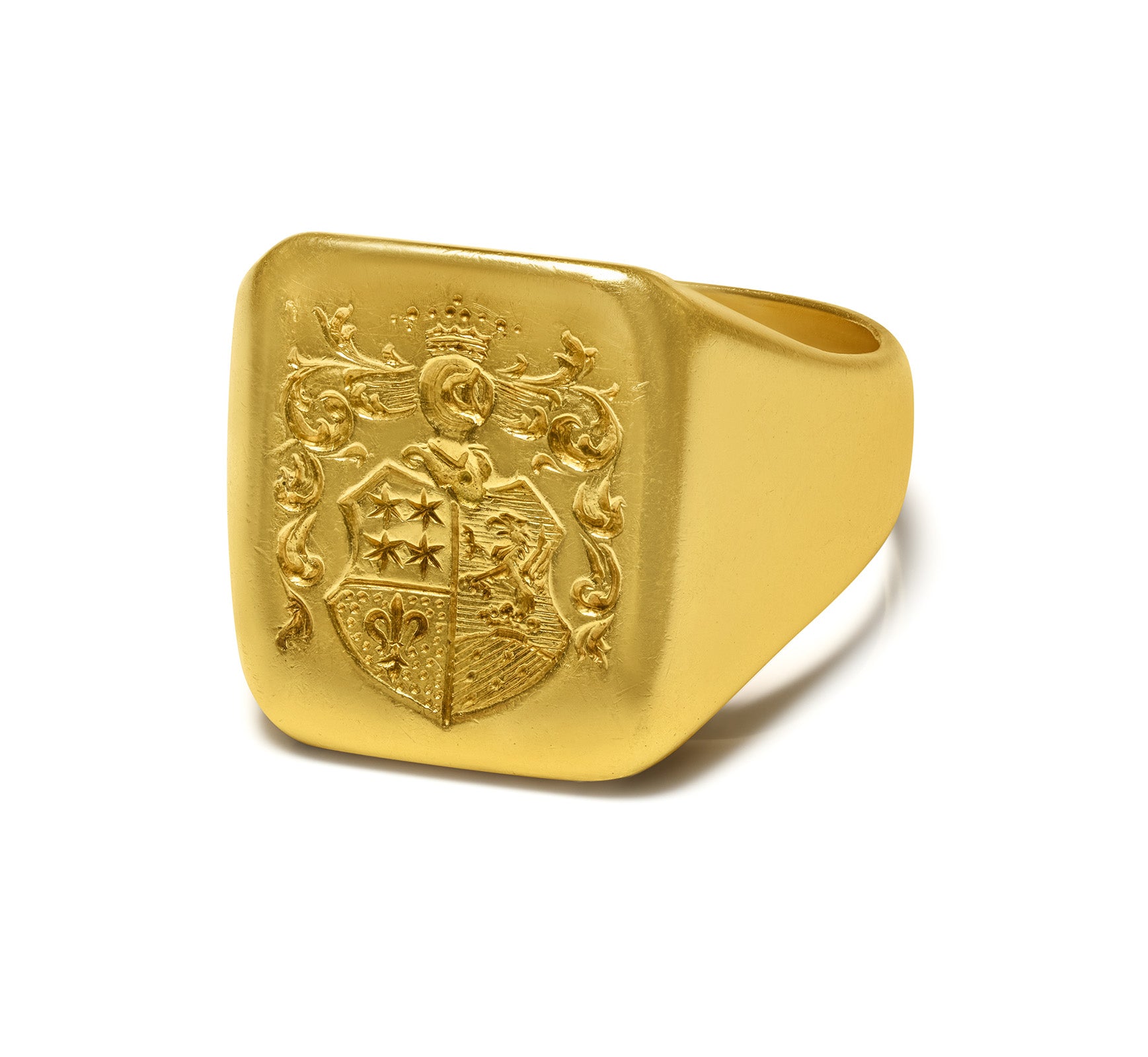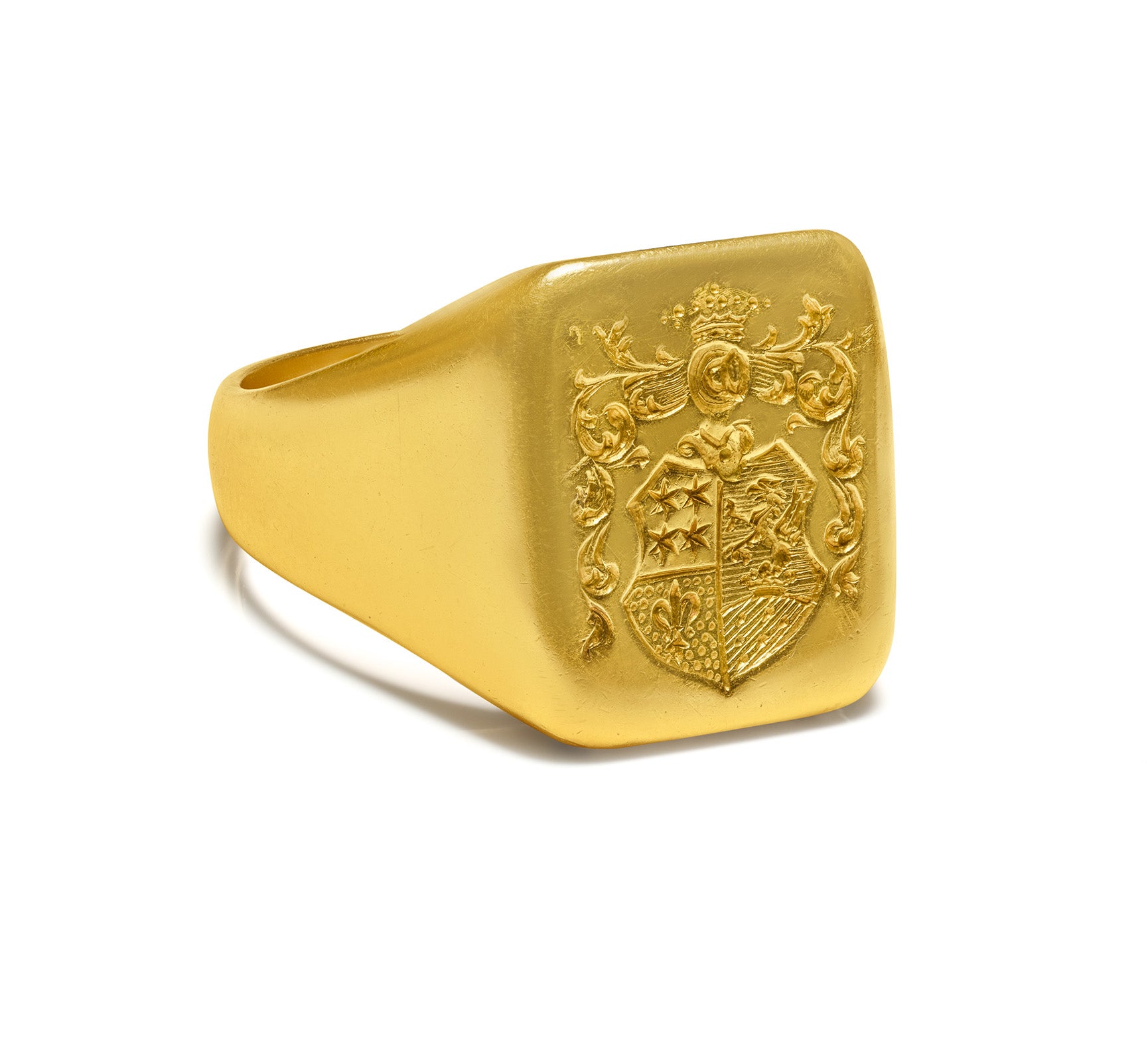
Dutch Government Reveals A Nazi Treasure Map: Unleashes Hunt For The Hoard
The Dutch Government has recently published a Nazi treasure map, unleashing a hunt for the hoard.
The National Archives of the Netherlands opened its doors on 3 January 2023. With the coming of the new year, thousands of documents from the archives, previously only accessible under certain conditions, will again become public.
Among them are many documents dealing with the Second World War, including a real treasure map, this time from the archives of the Netherlands Management Institute, which contains clues about a never found Nazi treasure allegedly buried by four German soldiers near Ommeren.
It has been searched for several times in vain.
A Nazi Treasure Map Has Been Revealed
Nearly 80 years have passed since then, but only now has the Dutch government decided to declassify a number of documents, including this map showing where the treasure was hidden. The map quickly made the rounds in the press and on social media, sparking curiosity among researchers and amateur archaeologists, treasure hunters, and journalists.
The Nazi treasure, consisting of four ammunition crates loaded with coins, watches, jewelry, diamonds, and other precious stones, was valued at at least 2-3 million Dutch guilders in 1945, or about 20 million dollars.
The loot might have disappeared forever from the historical archive if it had not been for Helmut S, one of the soldiers who took part in burying it and who handed the map over to the Dutch authorities on condition that it would not be revealed for many years, in order to protect the financial interests of the owners.
The National Archives have not released his full name because the man, born in 1925, may still be alive. Of the three other soldiers involved, two did not survive the war.
According to experts, the crate containing the jewelry was buried in April 1945, during the Allied liberation of eastern Holland, just outside the village of Ommeren, about 40 kilometers from Arnhem. The treasure had been found by the military during the bombing of a local bank. It was Helmut S. who provided a map to Dutch officials at the Beheersinstituut, an institute set up to return property taken by the Nazis to war victims, including deported Jews. But initial attempts to find the loot were unsuccessful.
Dutch officials alluded to several theories about the disappearance of the treasure. Perhaps it was stolen or maybe the map was forged. However, they haven't given up hope of finding it one day and hope the attention of journalists and researchers will help the cause.
The Beheersinstituut team is more confident now that the map is online and can be seen in person and in The Hague, along with other documents in its collection.
"I really hope that it is still there and that, if it is dug up, we will be able to trace some of its rightful owners," said Annet Waalkens, consultant at the National Archives, to the Guardian.
Photo Credit: Netherlands Management Institute

















